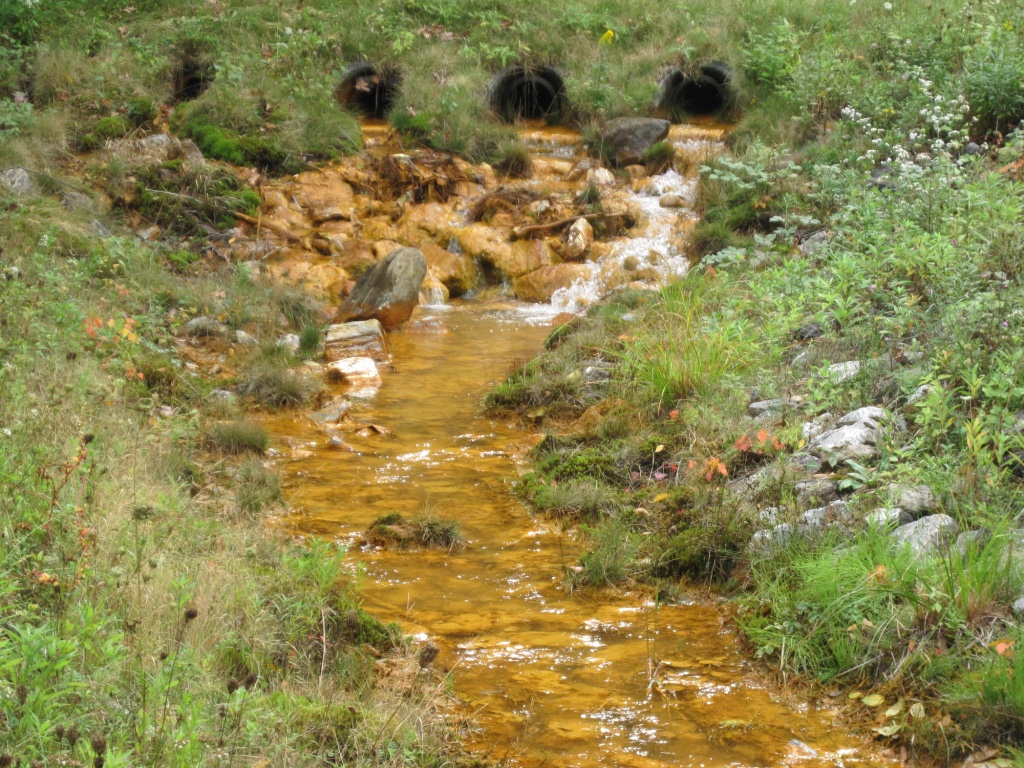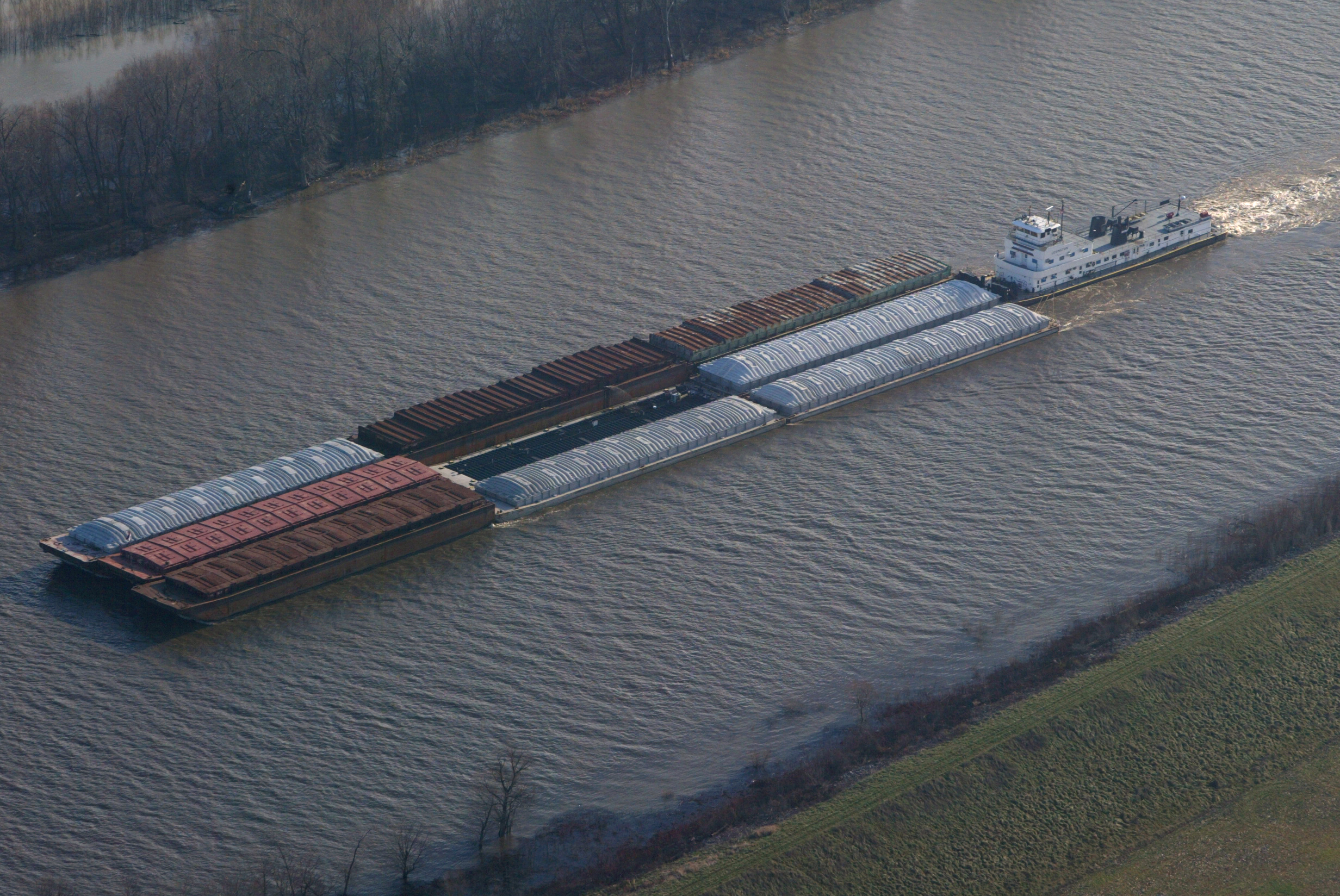More than 50,000 Acres of Wetlands Protected from Destructive Project
The Troubling Double-Standards on Our Rivers
January 30, 2017New Approach, Same Goal: A Clean and Resilient River
March 31, 2017Water Protection Network and Partners Stop the New Madrid Levee!
By Kim Knowles, Praire Rivers Network
Great news regarding the New Madrid levee project! In a valiant final act to protect both people and wildlife, the Obama Administration issued a decision making it nearly impossible for the Army Corps of Engineers to build the New Madrid Levee.
Water Protection Network member Prairie Rivers Network has blogged about this horrible boondoggle. If built, the levee would cut off a vitally important connection between the Mississippi River and its backwater habitat. In fact, the connection is the last of its kind in Missouri. By cutting off that connection, the levee would destroy more than 50,000 acres of wetlands that give life to hundreds of species of fish, waterfowl and migratory birds, like the wood duck chicks pictured above. The levee would also increase the risk of flooding to towns like Cairo, Olive Branch, and Metropolis. Residents in each of these towns have seen their homes and livelihoods destroyed by flooding. With Obama’s final act these precious resources and communities will be spared.
Through the Council on Environmental Quality, the Obama Administration brokered an agreement between the Army Corps of Engineers and the United States Fish & Wildlife Service that sets forth key requirements that the Army Corps would have to meet to build the New Madrid levee project. A review of the agreement shows that CEQ was clearly troubled by the repeat failings of the Corps.
“It is clear that the Corps has not found a way to fully mitigate the wetland values and functions that would be lost, or the fish and wildlife impacts of [constructing the levee],” (CEQ Resolution at 8-9) “despite the development of seven EIS documents and dozens of project alternatives since 1975.” CEQ Resolution at 9.
“[The Corps’ plan] includes unacceptable adverse impacts on fish spawning and nursery areas, wetlands, and migratory waterfowl and shorebirds, and the loss of irreplaceable floodplain that is nationally important and important to the state of Missouri. Continued work on this project has failed to develop acceptable alternatives. [We] find that further analysis is unlikely to resolve these issues and does not warrant further public expenditures on the current design.” CEQ Resolution at 10.
The CEQ resolution describes the steps the Corps would have to take to meet its legal requirements to fully mitigate the environmental impacts of the project. To fully mitigate the impacts, the Corps would have to create a new river floodplain connection on the Mississippi River that allows fish unrestricted access to the floodplain before moving forward with this project. Because there are no remaining connections of this sort in the area, the Corps could not meet this requirement without removing existing levees. Additionally, full mitigation would require the preservation of a natural hydrologic connection between the Mississippi River and Big Oak Tree State Park (which is located within the Floodway) and the maintenance of a significant amount of natural flooding within the entire New Madrid Floodway.
We believe these requirements create insurmountable obstacles
to the building of the New Madrid levee.
How did we accomplish this great victory? In every sense of the word, it was truly a collaborative effort. The National Wildlife Federation provided stellar leadership, while partnerships with citizens and leaders of Cairo, Olive Branch, and Metropolis provided influential stories that clearly moved CEQ to a strong resolution. Other key collaborators included the National Association for the Advancement of Colored People (IL and MO), Prairie Rivers Network, American Rivers, Great Rivers Environmental Law Center, Illinois Sierra Club, Great Rivers Habitat Alliance, Kentucky Waterways Alliance, IL Sierra Club, and the Missouri Coalition for the Environment.
Together we employed a variety of strategies including in-district and Capitol Hill meetings with key members of Congress, meetings with federal and state agency directors, letters from community leaders and environmental groups, citizen petitions, phone calls, earned media and a robust social media campaign. And together we did #stopthelevee.
Congratulations to us! In these troubling times, we must take the time to celebrate our victories and take solace in the strength of our collaborations. If need be, we’ll rise up once again and resist any attempt to resurrect this ill-fated project.





